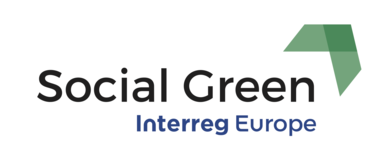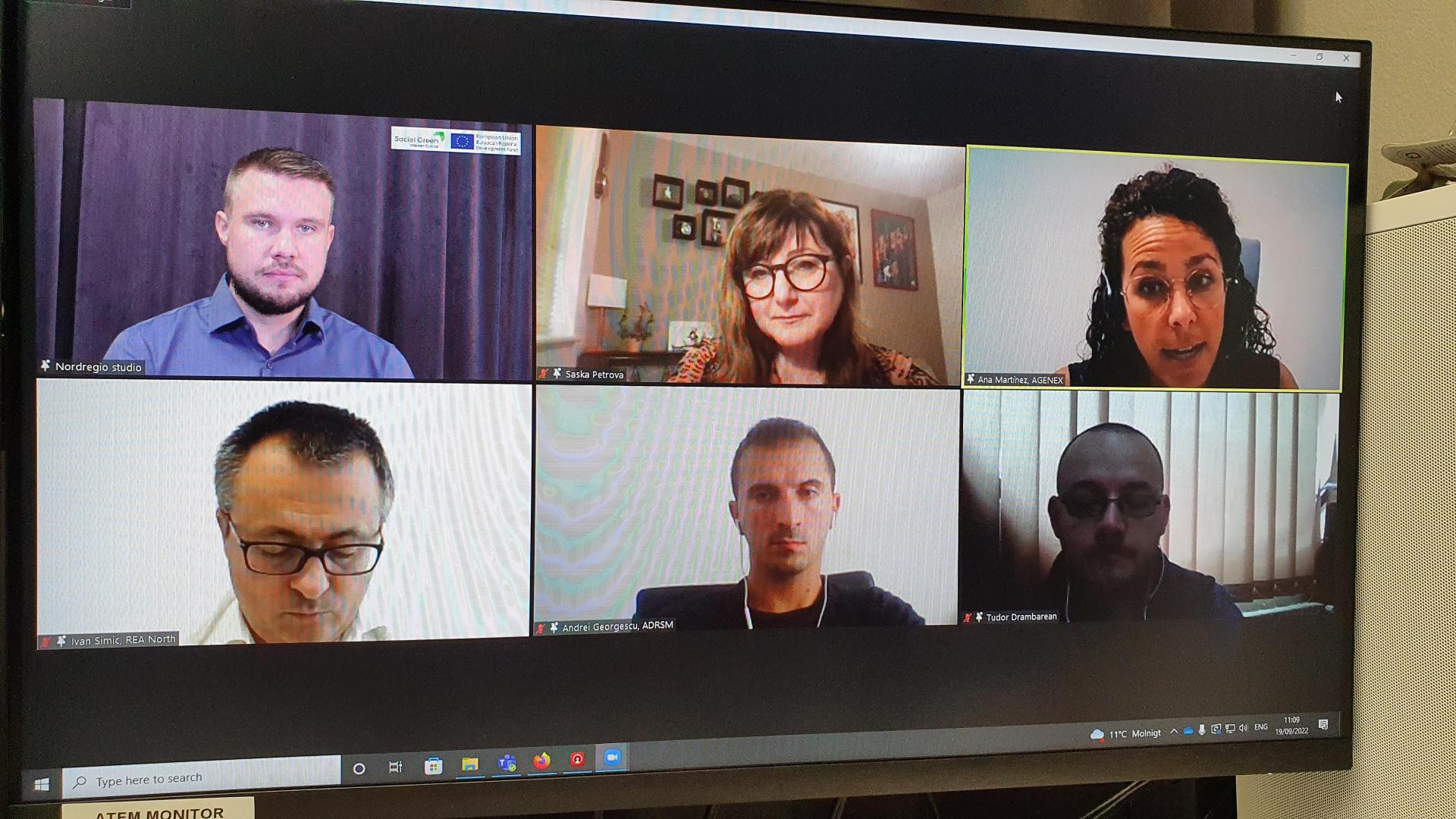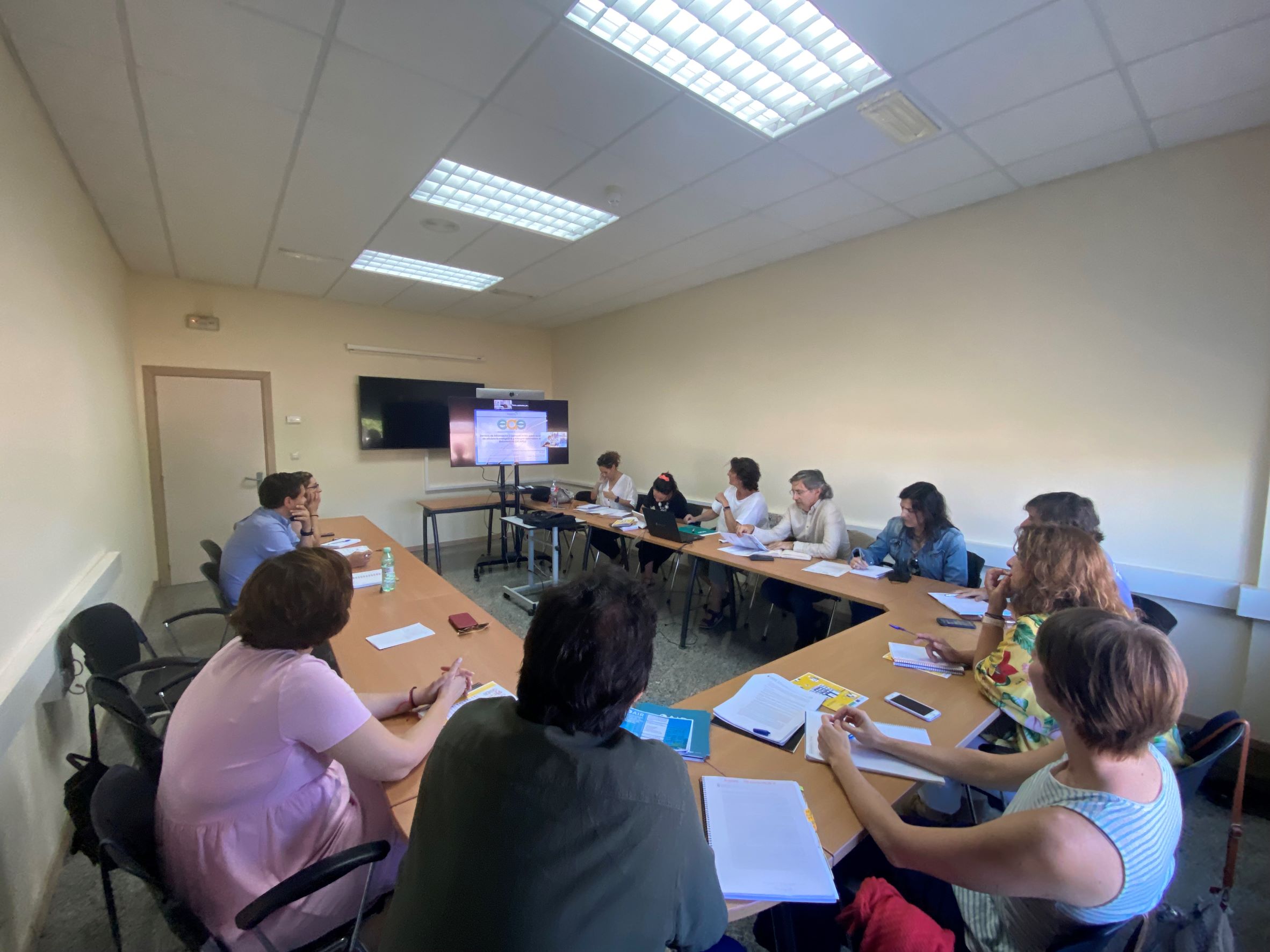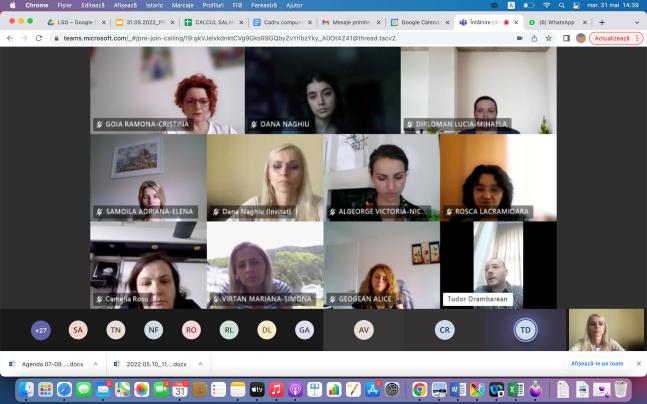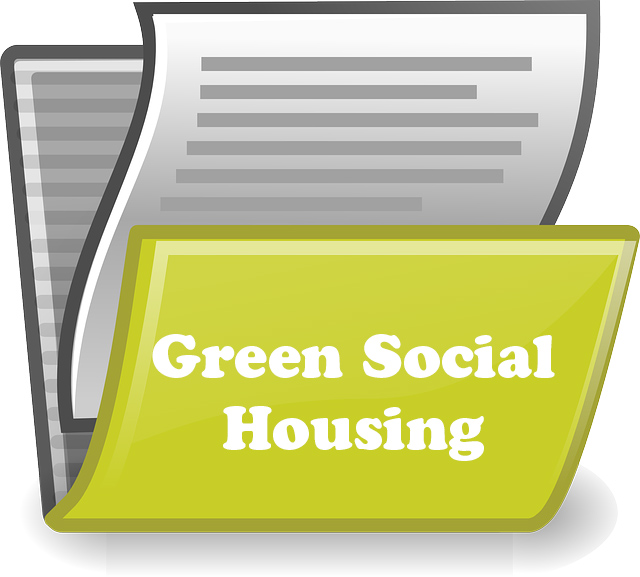Social Green presents its Conceptual Framework
This report provides an overview of social housing within the European Union, including a brief description of greening strategies being used in the social housing sector. It details EU social housing development trends, green building policies, potential risks associated with greening social housing, European good practices, and suggestions for planners engaged with these topics. It also includes review of the main findings from previous project Re-Green (Implemented under Interreg IVC), including the new focus of Social Green project. Together, the report provides a base that can guide planners, policymakers, and project partners in the field of green social housing development.
Key concluding’s from the conceptual report
Europe has been facing a decline in its social housing stock since the 1990s, most dramatically in CEE countries. At the same time, fuel poverty, housing shortages, rising home prices, and aging social dwellings are growing problems in many major cities. Greening social housing – by improving insulation, energy use, and the domestic environment – can cut carbon emissions while improving quality of live for low-income groups. However, current practices and certification schemes lack harmonization, and regulatory differences between countries can make the greening process slow and costly. There are additional social risks of greening social housing, as renovations can increase rental costs for tenants and contribute to gentrification.
Despite significant challenges, Social Green has developed a framework of good practices and tools that can provide inspiration to planners and policymakers wanting to engage with green social housing development. And this is what the focus of the Social Green project will be on in the coming two years. In particular this includes the use of innovative funding mechanisms through public-private partnerships, green public procurement and energy performance contracting. It also includes further development of important tools, such as integrated action plans and participatory planning methods that can support local planners tackling these issues, as well as the knowledge sharing and communication of good practices in greening social housing throughout the world.
Using a structured framework as a starting point, the Social Green project will improve policy instruments that comprehensively link together social housing and green building interventions. In the coming phases, Social Green partners will facilitate local stakeholder engagement and conduct a critical self-assessment to design locally-embedded Action Plans related to green social housing. These plans can respond to the challenges and strategies identified in this Framework to ensure that green building interventions are as effective and socially sustainable as possible.
Read full report here .
